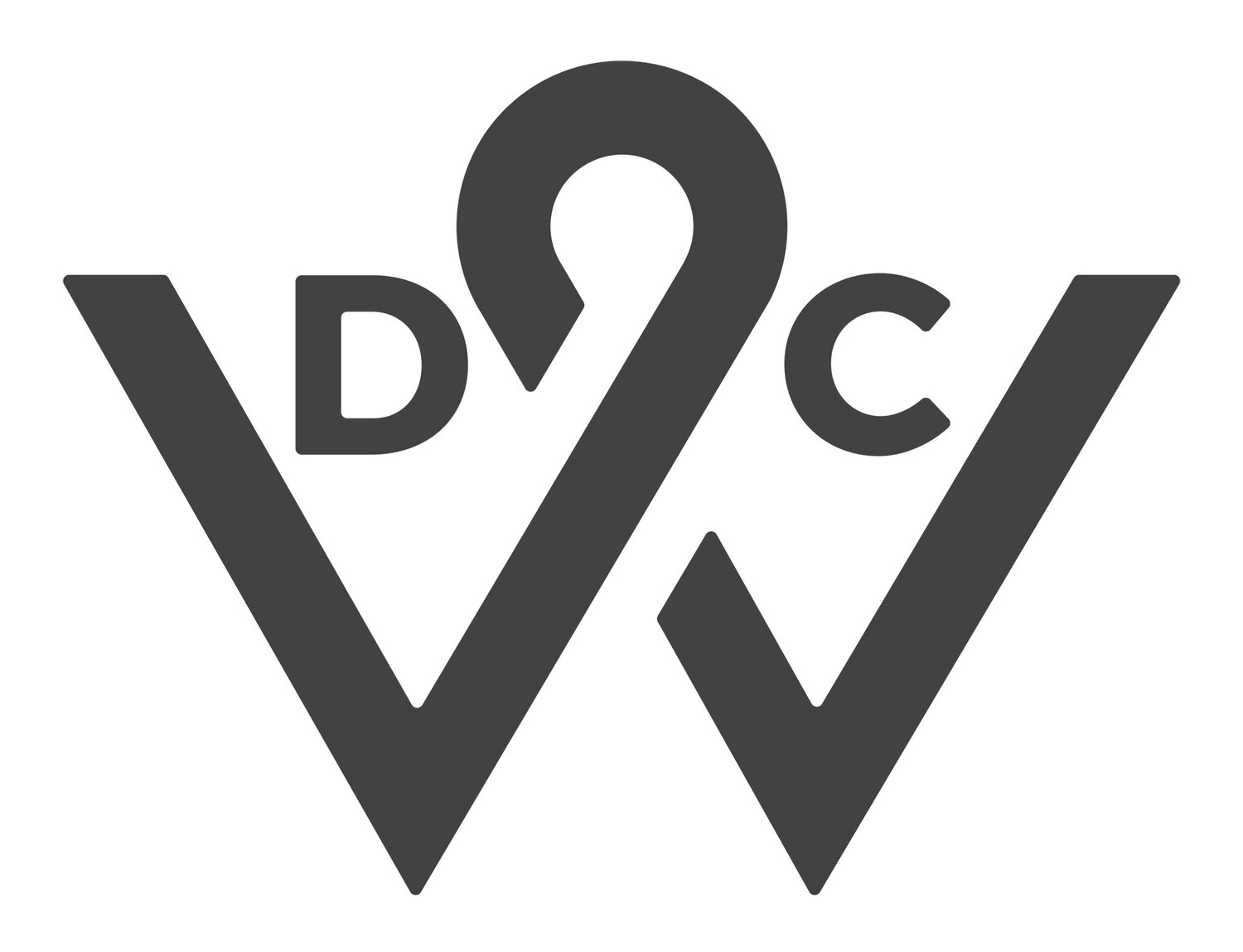How to make change easier
Change is hard – but when we demand it of others, we tend to forget this simple truth. Which is why 70% of organisational change programmes fail.
By John Owen
According to a McKinsey study, the main cause of failure is not that the change plans are irrelevant or ill-conceived; nor even that they’re poorly planned or designed. They fail because the leaders responsible don’t give their teams sufficient control, or support, in making the change happen.
Implementation is key – and is where most change programmes that I’ve reviewed come unstuck. Empowering change champions, enabling accountability, ensuring ongoing communication and the celebration of small wins: these are all crucial to getting the implementation phase right.
But empowering people to take control can’t be done on the hoof. The groundwork needs to have been laid. And without empowerment, accountability is harder to pin down, which in turn makes it more difficult to gauge progress, talk about what is and isn’t working, and celebrate wins.
Cultivate aggressive cooperation
As the change management guru, John P Kotter, has written in Harvard Business Review: just getting a transformation program started requires the aggressive cooperation of many individuals.”
According to Kotter, this cooperation must be built in phase 1 of any change project – which is establishing the need for change.
By involving a broad constituency in this phase, you enable them to understand the rationale for change from each other’s perspectives, as well as to feel a sense of the urgency and opportunity for change. It doesn’t have to be time-consuming in order to be ‘aggressive’. It just needs to involve all the right people.
Subsequently, this provides a solid foundation for those involved to define and design the changes together. If you have involved people to this degree from the start, it will feel natural to give them control over the implementation – and they will readily and capably assume it.
Participative Change
At WDC, we have a rather less scary name for all this: we call it Participative Change. It involves not just ‘interviewing' a broad cross-section of people but, critically, listening to them. As former practitioners, we have genuine empathy for the challenges they face, and I think that helps too. Certainly, what we find time after time is that this is a cathartic process – it’s remarkable how powerful it is. Once people feel their voices are being heard, they are more likely to lean into what follows.
Of course, it’s also important to use the information they provide, and to continue to work with them to dig deeper and unearth more insights. Knowing how to manage these interactions is a pre-requisite skill for an effective consultant.
The same applies to the subsequent phase in which solutions are designed. The consultant does the heavy lifting but, from time to time, they involve key individuals in the process, so that the resultant structures, roles and ways of working are co-created (to the extent that this is possible and desirable).
Now the hard work begins
As Kotter says, all of this work lays the foundations for successful implementation. But, equally, it’s important to understand that this phase is where the hard work really begins.
It will take months to get to the point where you’re ready to implement. And it will feel like it’s taken a lot of effort. So it’s tempting to believe that the rest is straightforward: you’ve empowered and involved the team to arrive at a set of clear, co-created instructions, surely now you can just let them get on with it?
That’s a recipe for failure.
No matter how rigorously a new process, a new set of templates, a new role or a new tool has been researched and defined, it will always require interpretation in the context of a particular brief, timeline, team, or stakeholder set. Learning how to adapt to particular contexts is a vital aspect of successful implementation. Being given the freedom to do so is one key factor in this; being actively supported as you do so is another. Again, getting the balance right requires expertise and good judgment.
The importance of mentoring
At WDC, our focus is largely on marketing teams and creative agencies (often in-house). Our experience as practitioners in these fields is again a strong factor in enabling us to take a mentoring approach to the implementation phase – leaning in periodically with individuals with whom we have built trust over the course of the change project and providing them with any guidance or support that they feel they need. At first, these sessions can be frequent and intensive. Over time, they require a far lighter touch – as the mentees become confident change champions, able to guide others across the organisation.
In some instances, internal leaders can perform this mentorship role themselves from the very start (it all depends on the circumstances). What’s not an option though is just leaving people to sort it out for themselves. As a rule of thumb, they will need more support than you imagine – so plan for that. If they prove to need less, see that as a pleasant surprise rather than an expectation.
Mentoring has two other key benefits. Firstly, the mentor acts as a gentle enforcer of accountability. Regular conversations generate the need to make progress and guard against any temptation to lapse back into old ways of working. Secondly, they identify the moments of magic – where the new approach gets traction and results in tangible benefits, like better briefings, smoother approvals meetings, less stress and better work. Having identified these moments, the mentor can encourage and even lead the celebration of success with the wider team, a process that encourages persistence in the change programme.
The science of change
Ultimately, all of this is important for two reasons – both informed by behavioural science.
Firstly, change takes effort and therefore requires motivation. Unless I feel motivated to change, I am almost certain to resist it. This is why involving people early matters so much. It’s also why enforcing accountability and celebrating successes are key.
Secondly, even motivated people will struggle to adopt change if they aren’t given a fair opportunity to do so. Simplistically, this can mean physical opportunity – being availed of the time, space, equipment and (collective) skillsets to do the task asked of them. Proper training and mentoring plays its part here, but is no substitute for the right people with the right skills being allocated to the right, properly defined roles and given the right tools to do the job.
Just as important is the psychological opportunity – being afforded the permission to do things differently (in the knowledge you will be supported in that process). This is where leadership and mentoring are absolutely critical, since it takes considerable courage to do things differently, particularly in a group context.
Whoever you work with on your change projects, and however you tackle it in practice, these principles of motivation and opportunity should be central to your approach. Change is never easy; but, tackled in the right way, it can be achieved.

